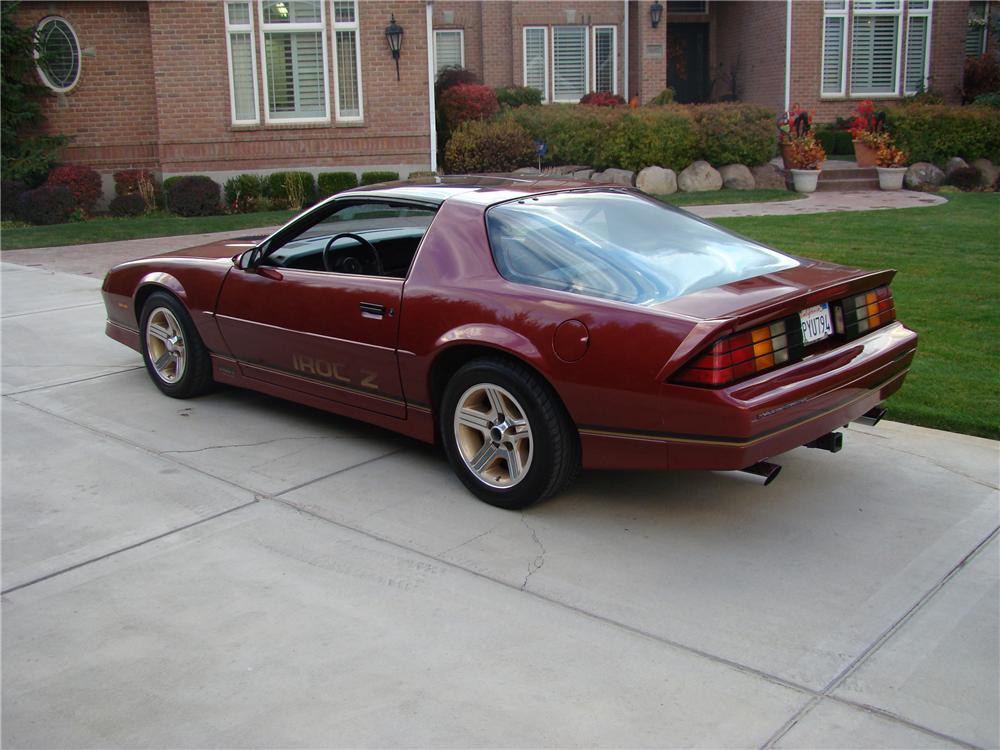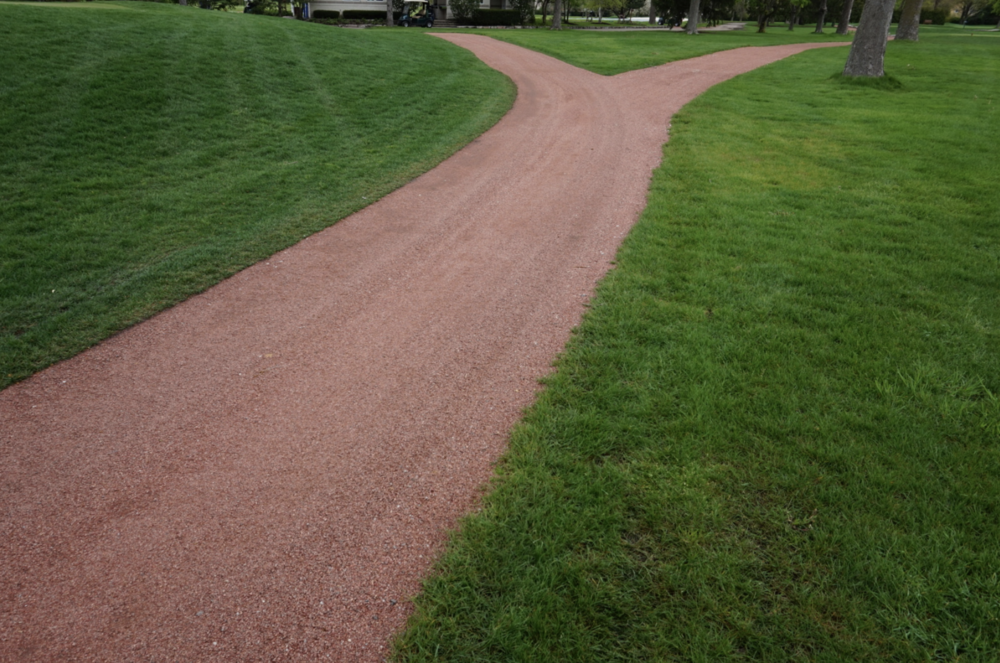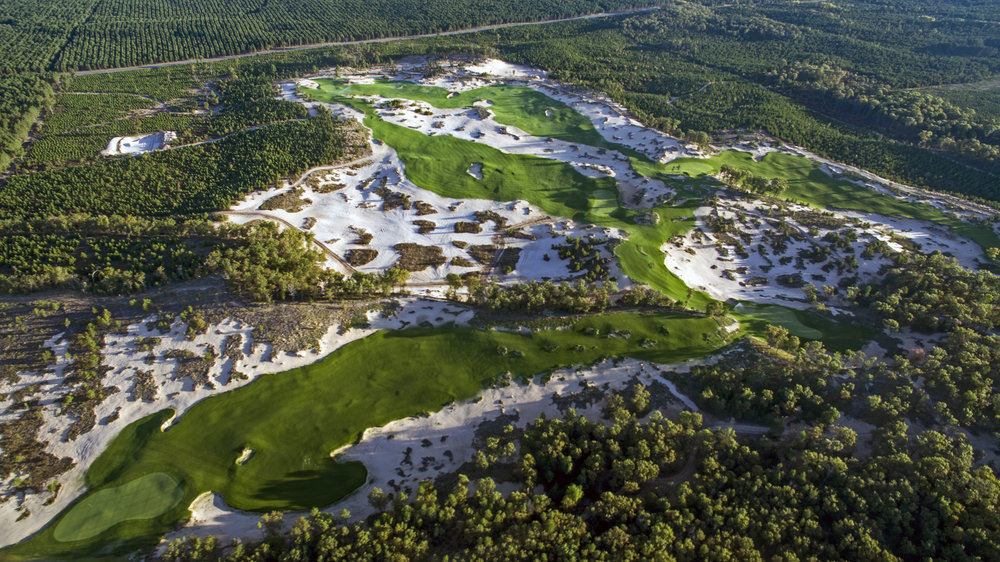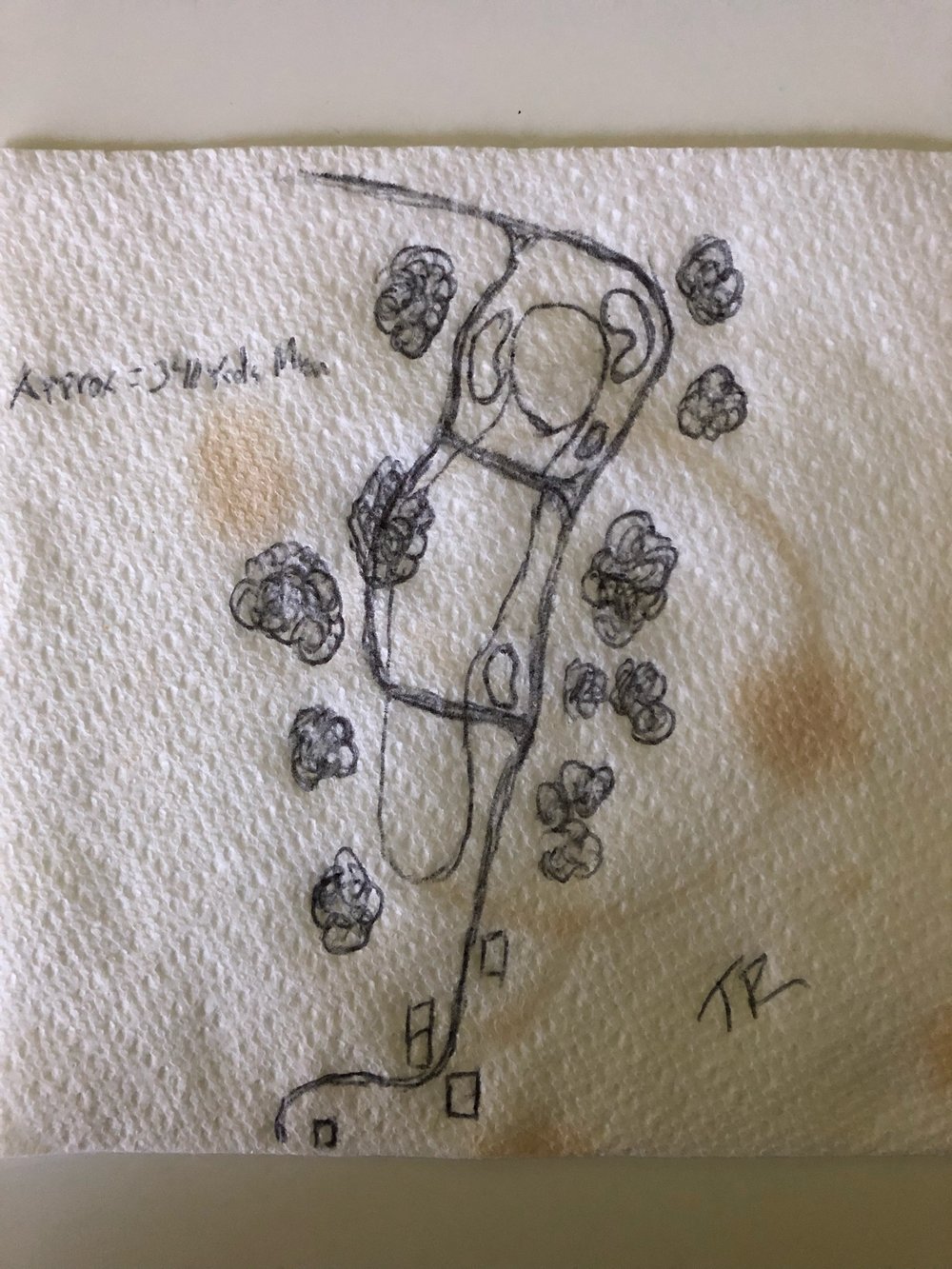A fresh name you might recognize has burst onto the architecture scene, Tommy Raynor. His architectural principles harken back to an earlier era, the 1980s. Tommy recently joined social media and has been sharing his principles, redesign concepts and overarching thoughts on golf course architecture. In an era where playability has come in vogue, Tommy often colors in a contrasting tone. I sat down with the prolific architect to discuss how he got into architecture, what he loves about the ‘80s, his Raynor roots and much more.
Giving texture to this great piece opens up the exact sight line to the hole. #oneoption pic.twitter.com/Be3XQzyKzz
— Tommy Raynor (@tommy_raynor) January 19, 2018
How did your passion for golf course architecture start?
My passion started as a kid in the south side area of Chicago near Orland Park. My dad was a local 597 pipefitter and would drop my brother Bobby and I off every day at this really awesome public golf course near our house. We would ask these really good golfer guys to caddie their bags for them. Occasionally they’d let us. When we caddied, we learned the ins and outs of the game by these real golfers.
Then one day my brother and I were dropped off at the course, and it was closed. Closed for good. We were devastated and heartbroken. Until the next day, our dad dropped us off at another course nearby. We got out of the car and felt like it was just like our old course! The meandering black diamond cart paths, the super weeping willow trees, and the eye-popping ponds laced with bright white rip-rap were all perfectly placed. We even saw the really good golfer guys! They also had made this wonderful place their new home. Bobby and I did this for years until I pulled away to get my education.
With my Automotive Service Certification and some cash in my pocket, I was back in the game! I picked up exactly where I left off. Only this time I could get around to other courses in my sweet ride which I wish I still had, an 86 Camaro Z28 IROC Targa Top Burgundy.

I would play a course and ask any staff member to tell me about the history. After a while, I realized there was a consistent theme with all the courses. They were all built between 1980-1999, and there were a ton of them!!! There were too many that I could even ever play. From then on, I have been humbled by this era and eager to learn about the golf designers and how they waved their architectural paintbrush like a magic wand over acres and acres in such vast numbers. I am a proud student of the game and will serve the design community for life.
What about the 1980’s architecture inspires you?
The prolificness of architects is what stands out to me. Realizing one million golf courses were built between 1980-1999 with great efficiency and detail by golf course architects. They used their great AutoCAD talents over acres and acres in such vast numbers. Truly magnificent and mind-boggling that they were able to accomplish such an amazing feat.
The detail and volume are infinite! Pond fountains, trees, and cart paths all singing in perfect harmony. These architects’ ability to put pride and ego aside to grow the game was awesome and remarkable!
What’s your advice for a golf course looking to make some easy, low-cost improvements?
There are many things that a course could do, but I always like to zero in on cart paths. I love crushed red granite for cart paths. They give a great natural look without the cost of asphalt. The cost savings allow a course to add more cart paths, like one on each side of the fairway.

Another thing I sometimes recommend is going to a limestone screening for fairway traps. These traps are just not very important to a golf course. If you compact limestone it looks just like a normal sand trap without the maintenance cost.
What’s your least favorite trend in modern golf course architecture?
I just don’t understand why people are putting sand traps in fairways. To me, there should be a minimum of 5-10 yards of rough between the edge of the fairway and any bunkers. I visited Sand Valley last summer, my god there are sand traps in so many fairways! That’s a course that probably should go to compact limestone.

Mammoth Dunes at Sand Valley uses way too much sand in Tommy Raynor's opinion
Another alarming trend is the lack of ponds and doglegs around ponds. I haven’t even gotten to double doglegs.
What are some of your favorite design concepts?
Speed slots and trampolines have been a topic that has hit home with my friends on social media. It’s been a great inspiration and motivation to create new concepts. I couldn’t have done it without the support from all my new fans. Already, there is interest in using one of them at a very well-known modern designed club! They are looking to expand, right now I can’t divulge more information, but hopefully, soon I will be able to tell you all where I will be doing the work.
The first is a par four concept; it creates an exciting look for both low and high handicaps. The vision will promote the player to score and would work great leading into or following a short par 5. A speed slot runs the entire right side of the hole before splitting into a double trampoline. It gives players the option to use a putter off the tee, swing hard and watch it prance it down the entire speed slot with the help of the asphalt curbing. Mid to back tee players can slice/or hook the ball to the right and hit the speed slot in a more traditional form. The double trampoline offers two options to help the ball progress forward no matter what type of shot they use. A fat drive has the chance to hit the first “tramp” and land the same distance the player would have had with a great drive. The long hitter has a chance to hit the second “tramp” to be on the green in one. It’s a fantastic way to score on a par 4!

Tommy Raynor's Double Trampoline and speed slot laden drivable par-4
The second is a par three concept it’s similar to the above except the speed slot runs up the center of the fairway and “T’s” before the approach. A fat iron shot has a fair chance at landing on the green after catapulting off the trampoline. A thin shot may do the same and would include a ride along the speed slot. This hole gives a higher handicap player a fair chance against a lower handicap.

Tommy Raynor's trampoline short par-3
As you can see, these concepts also provide relief to the common 90-degree rule which we deal with every day. I am not a huge fan of “pace of play,” but mixing in features like these allow an architect to deal with this never-ending battle. I believe these concepts could be a game changer as modern design takes a stronghold in the game. Getting back to the basics along with a little common sense can go a long way!
What are your ties to the famous Seth Raynor?
I’m still waiting for the results. Grandma Raynor always told us that her mother was in love with Mr. Seth and her husband (Great Grandpa) was ok with it. All I know is, later she changed her name to Raynor. That’s why I always say, Bend it like Raynor!
To get more of Tommy’s thoughts on architecture, follow him on Twitter, @tommy_raynor
Editor’s Note: the fried egg does not endorse the design principles and beliefs of Tommy Raynor.


 by
by 
